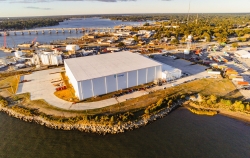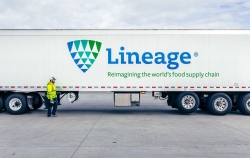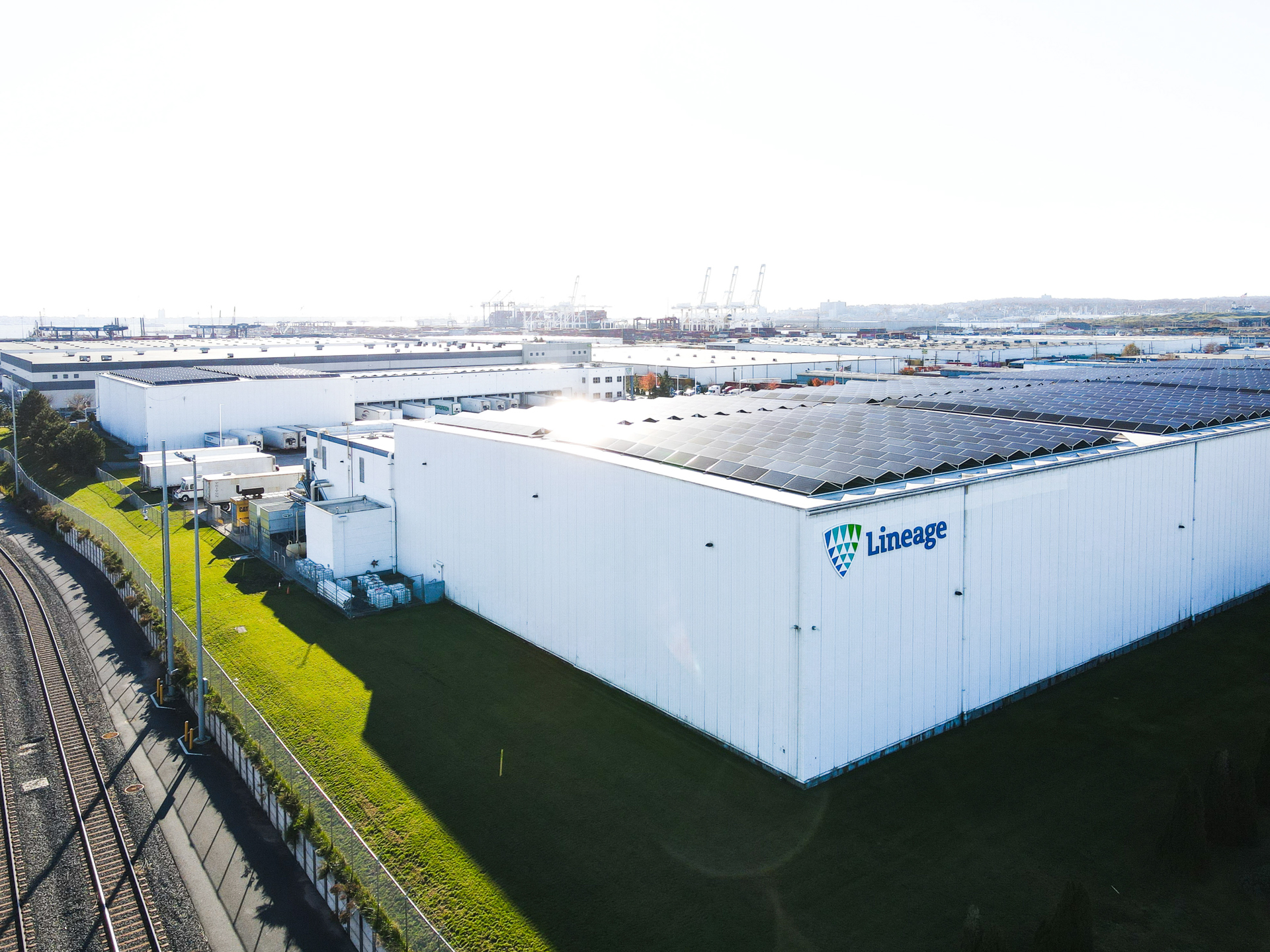
Committed to The Climate Pledge across the food chain
We understand that our impact is YOUR impact. That’s why we are focused on increasing the sustainability of our operations. Lineage signed The Climate Pledge in 2021 — setting our sights on achieving net-zero carbon emissions by 2040.
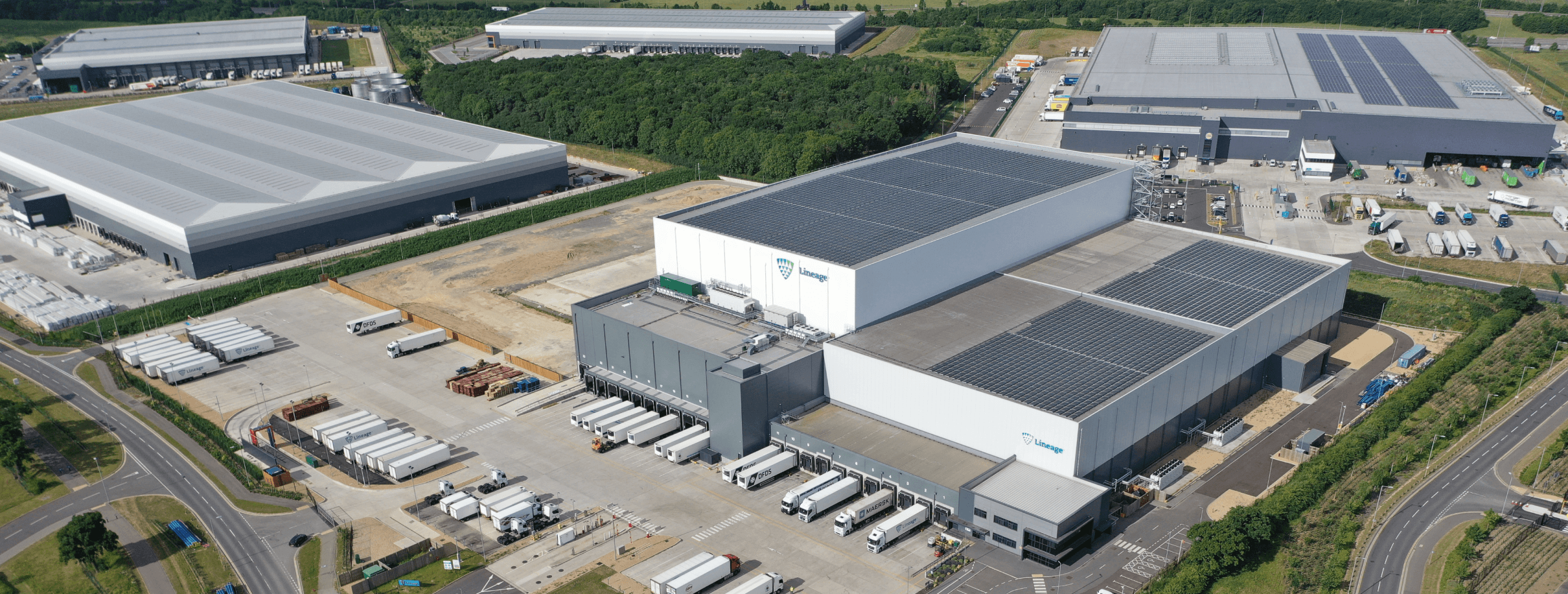
Building a sustainable supply chain for us all
At Lineage, we are proud to think differently about old challenges—developing, adapting and implementing technologies, strategies and solutions to create more resilient and sustainable infrastructure for our communities. We are proud of what we’ve built and excited for what we will build together in the years ahead.
FROM OUR LEADERSHIP
Sustainability matters to Lineage because we know temperature-controlled storage is an energy-intensive industry. We don’t believe that running a successful business and delivering on our sustainability goals are mutually exclusive goals. That's why we signed the Climate Pledge and are committed to achieving net-zero emissions by 2040.
105
Lineage warehouses capable of producing on-site solar power
146
MW of installed solar energy capacity around the globe
5th
Proud to be the 5th largest corporate producer of installed, on-site solar energy and 2nd largest REIT in solar energy production globally (as of 2022)
GRASSROOTS ENERGY Achieving Net Zero involves everyone
At Lineage, we support local conservation efforts with our Facility Energy Evaluations. A mixture of education, inspection and team building, these evaluations help the local maintenance team identify small fixes that can make a huge impact.
EXPLORE PDF
Leading the charge to build a more sustainable food supply chain

Lineage joins the campaign to explore the potential transition to new, greener standards to help reduce carbon emissions in the sector on a global scale.

Discover how Lineage's Facility Energy Evaluation at our Holmewood facility in the UK drives sustainability, efficiency and a cultural shift.

Lineage expands its participation in the U.S. EPA SmartWay Transport Partnership, adding all its North America fleet as registered SmartWay Transport Partners.
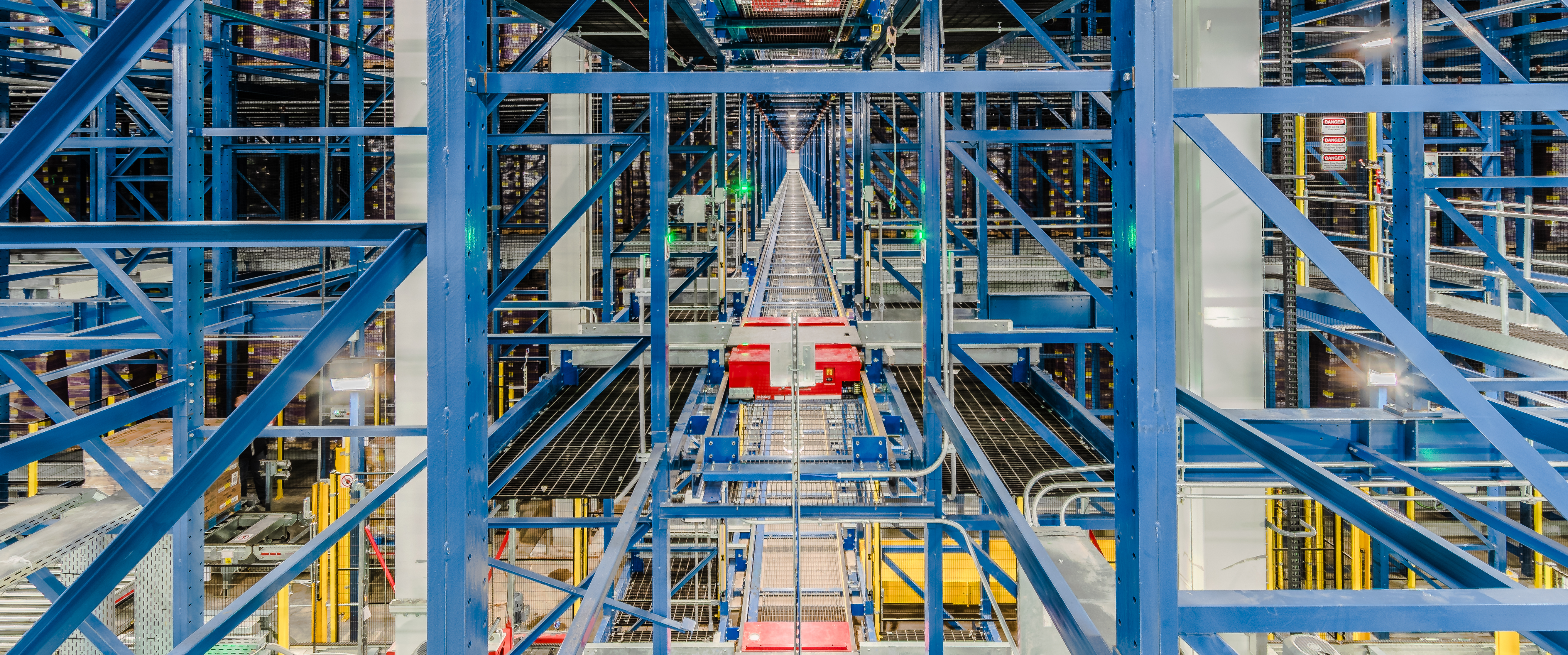
Global cold storage warehousing & integrated solutions
Explore our temperature-controlled warehousing and integrated solutions to help maximize your efficiency and minimize environmental impact across the cold chain.

Next-generation technology, applied sciences and innovative thinking deliver greater efficiency and future-ready supply chain solutions for our partners.

How can we serve you best? We'll tap into our full range of customized storage and warehousing solutions to drive better results for your business.

Can you carefully store food and care about the planet? Together we can. Our fully automated warehousing uses a smaller footprint to handle more products.
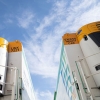
Ride with the largest private fleet of refrigerated and insulated rail cars in North America to keep your supply chain on track.

